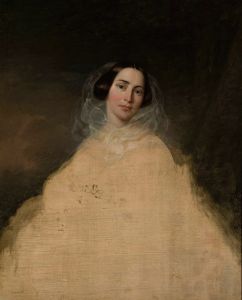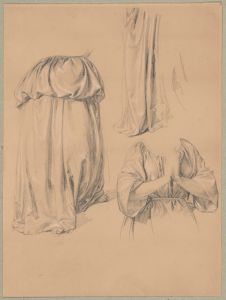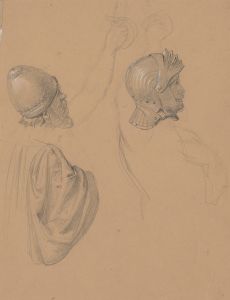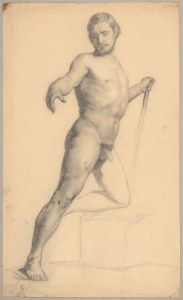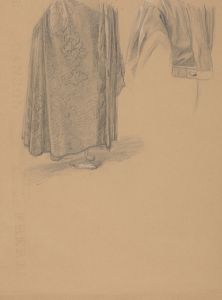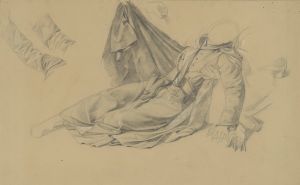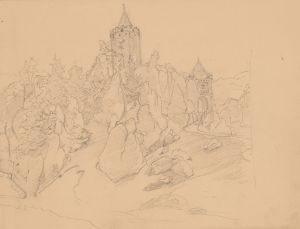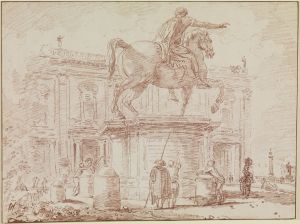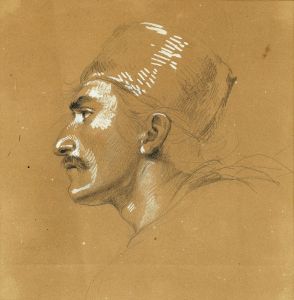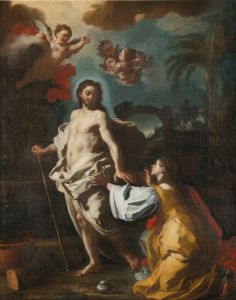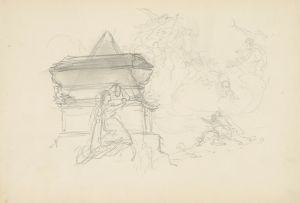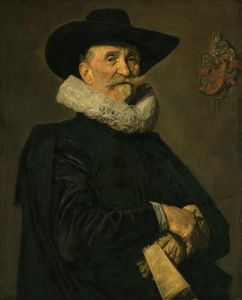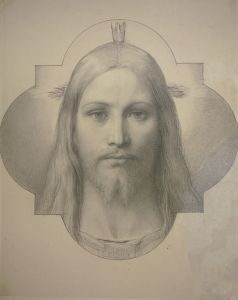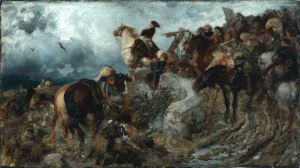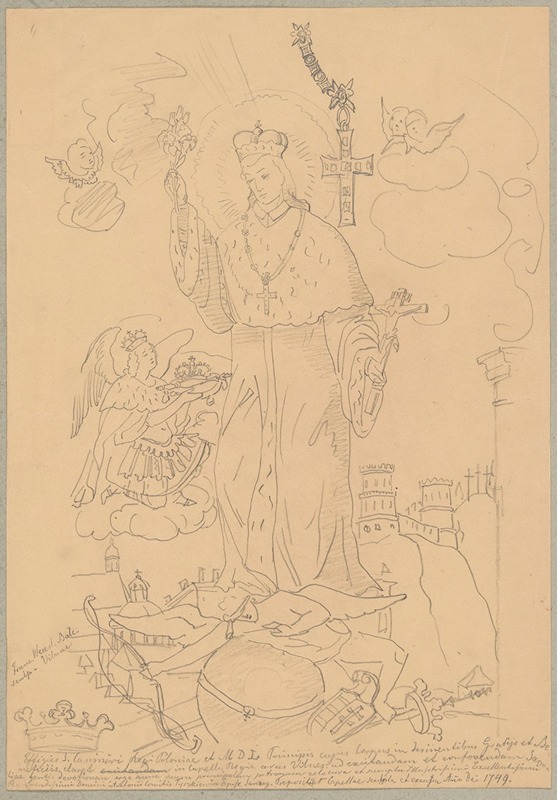
Święty Kazimierz królewicz – rysunek według ryciny Franciszka Wacława Balcewicza z 1749 roku
A hand-painted replica of Józef Simmler’s masterpiece Święty Kazimierz królewicz – rysunek według ryciny Franciszka Wacława Balcewicza z 1749 roku, meticulously crafted by professional artists to capture the true essence of the original. Each piece is created with museum-quality canvas and rare mineral pigments, carefully painted by experienced artists with delicate brushstrokes and rich, layered colors to perfectly recreate the texture of the original artwork. Unlike machine-printed reproductions, this hand-painted version brings the painting to life, infused with the artist’s emotions and skill in every stroke. Whether for personal collection or home decoration, it instantly elevates the artistic atmosphere of any space.
Józef Simmler was a prominent Polish painter of the 19th century, known for his historical and religious paintings. One of his works, "Święty Kazimierz królewicz – rysunek według ryciny Franciszka Wacława Balcewicza z 1749 roku," is a drawing based on an engraving by Franciszek Wacław Balcewicz from 1749. This artwork reflects Simmler's interest in Polish history and religious themes, which were prevalent in his oeuvre.
Saint Casimir, the subject of this drawing, was a prince of the Kingdom of Poland and the Grand Duchy of Lithuania. He was born on October 3, 1458, and was the second son of King Casimir IV Jagiellon and Queen Elizabeth of Austria. Known for his piety and dedication to the Catholic Church, Saint Casimir was canonized in 1521 by Pope Leo X. He is revered as a patron saint of Poland and Lithuania, and his feast day is celebrated on March 4.
The original engraving by Franciszek Wacław Balcewicz, created in 1749, served as a source of inspiration for Simmler's drawing. Balcewicz was an artist known for his engravings, which often depicted religious and historical figures. His work contributed to the visual culture of the time, providing a basis for later artists like Simmler to reinterpret historical subjects.
Simmler's drawing captures the essence of Saint Casimir's character, emphasizing his holiness and royal lineage. The artwork likely portrays the saint in a contemplative pose, possibly holding a symbol of his faith, such as a cross or a lily, which are traditional attributes associated with him. These elements highlight Saint Casimir's commitment to his religious beliefs and his role as a model of Christian virtue.
Józef Simmler was born on March 14, 1823, in Warsaw, Poland. He studied art in various European cities, including Dresden, Munich, and Paris, where he was influenced by the academic style of painting. Simmler became known for his meticulous attention to detail and his ability to convey emotion through his works. His paintings often depicted scenes from Polish history, as well as religious and genre subjects.
Throughout his career, Simmler received numerous accolades for his contributions to Polish art. His works were exhibited in major art exhibitions, and he gained recognition as one of the leading painters of his time. Simmler's dedication to portraying historical and religious themes resonated with the Polish public, who appreciated his efforts to preserve and celebrate their cultural heritage.
The drawing "Święty Kazimierz królewicz" is an example of Simmler's ability to reinterpret historical sources and create artworks that resonate with contemporary audiences. By basing his drawing on Balcewicz's engraving, Simmler not only paid homage to the earlier artist but also contributed to the ongoing tradition of depicting Saint Casimir as a symbol of piety and national pride.
Józef Simmler passed away on March 1, 1868, in Warsaw, leaving behind a legacy of artworks that continue to be appreciated for their historical significance and artistic merit. His drawing of Saint Casimir remains a testament to his skill as an artist and his dedication to exploring themes of faith and history in his work.





